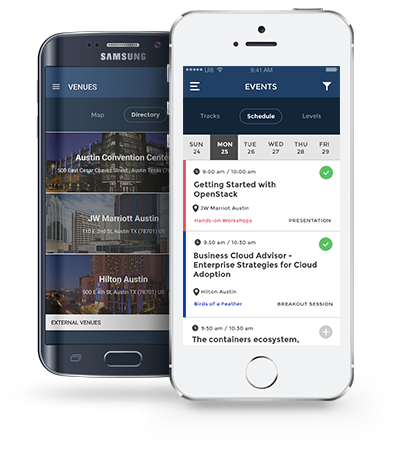Hybrid Clouds are becoming more and more popular, and so grows the need to orchestrate the applications across the clouds: multi-tier apps may require to put their backends on the private clouds while having frontends at public ones, some others may deploy identical copies of themselves in different clouds for better fault tolerance, and so on. Designing such hybrids is complicated, and orchestrating them in cross-cloud environments is even harder. There is a number of mostly commercial third-party solutions trying to build a universal orchestrator, all having their own pros and cons.
Luckily there is no need to add any extra orchestrator when you are building your hybrid solution with OpenStack as one of the parts, since it already has Murano: a mature Openstack project providing powerful framework to build, catalog and deploy applications in the cloud. Now it is capable to orchestrate applications not only in Openstack clouds, but other clouds as well - so let's learn how to do it.
The session will start with the description of basic concepts of Murano: we’ll tell about MuranoPL programming language used to write application definitions, its class hierarchy and patterns and tricks used to create new apps. Then we’ll dive deeper into the cross-cloud concepts and see which capabilities Murano provides for application developers to target different types of clouds or how to make the application cloud agnostic.
As the outcome of the session the attendees will get an understanding of cross-cloud murano capabilities and will be able to start writing their own hybrid-cloud applications with Murano.




